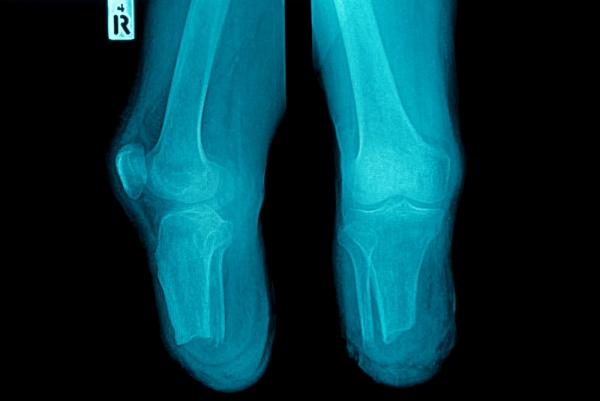
VANCOUVER, British Columbia, April 6 — While amputees have found few treatments for phantom limb pain, researchers found using cold blast treatments helps to significantly reduce the pain.
Image-guided cryoablation effectively reduced pain for patients in a small study at Emory University, according to researchers who presented the findings at the Society of Interventional Radiology’s annual conference in Vancouver.
There are about 200,000 amputations performed each year, many of them for military veterans wounded in combat or patients with medical conditions such as diabetes.
Phantom limb pain often starts shortly after surgery, originating in the nerves and scar tissue at the site of the amputation, according to the Mayo Clinic. There are no medications specifically to treat the condition, and some treatments, such as nerve stimulation or acupuncture, have an effect, but not for all patients.
Cryoablation, during which a probe is inserted through the skin and the temperature lowered for about 25 minutes to shut down nerve signals, helped patients in the study.
“Many of the nerves contributing to these pains are inaccessible to physicians without image guidance,” Dr. David Prologo, an assistant professor at Emory University School of Medicine, said in a press release. “With the interventional radiologist skill set, we can solve tough problems through advanced image-guided therapies, and this promising treatment can target hard-to-find nerves and help amputees dramatically improve their lives — all in an outpatient setting.”
For the study, published in the Journal of Vascular and Interventional Radiology, researchers recruited 20 patients between January 2015 and June 2015 who had refractory phantom pain after an amputation. Each participant was asked to rate their pain, and then treated with image-guided cryoablation.
Patient-reported pain ranged from 1, or not painful, to 10, extremely painful, before treatment, a week after, and then 45 days later. The average pain score reported before treatment was 6.4, while the average 45 days after treatment was 2.4 — a significant decline.
“Until now, individuals with phantom limb pain have had few medical interventions available to them that result in significant reduction in their pain,” Prologo said. “Now, with the promise of cryoablation, these individuals have a viable treatment option to target this lingering side effect of amputation — a condition that was previously largely untreatable.”
[Source:- UPI]



